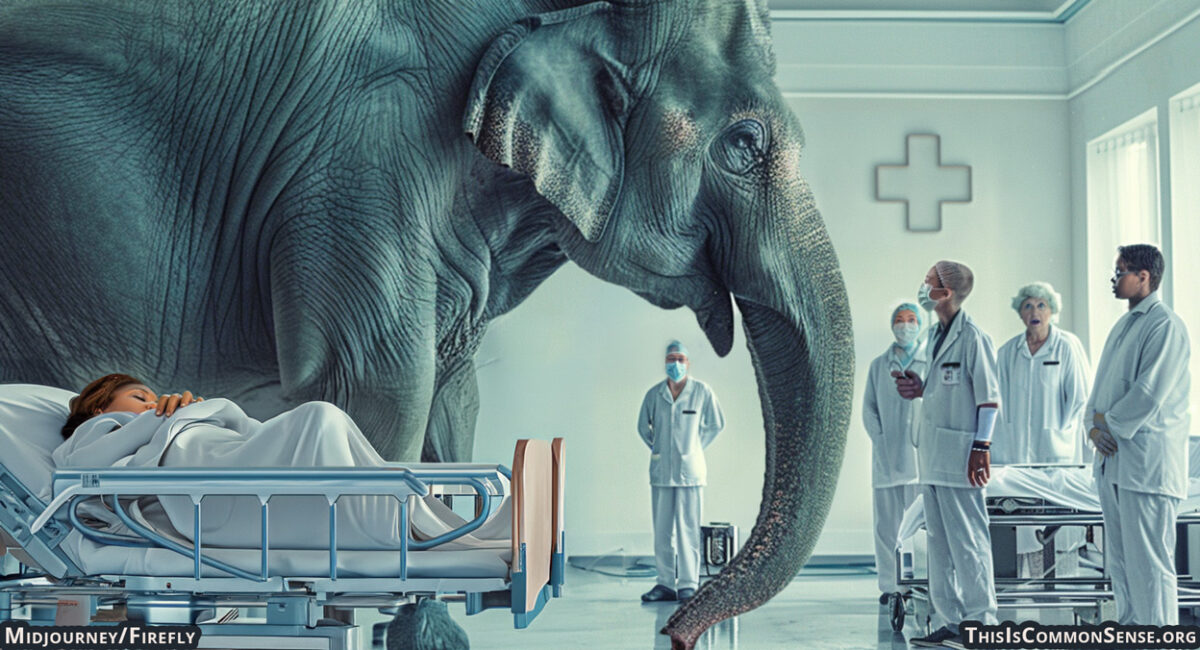There is a doctor shortage. Economists who study such issues project that the shortfall will continue to grow.
That is, the pool of available professionals for advanced and general practice medicine is shrinking relative to demand.
A report last year at Definitive Healthcare provides a list of reasons:
- Shifts in physician and patient populations
- Most healthcare workers prefer not to work in rural hospitals
- Medical school and residency programs are limited
- Healthcare workers are burnt out
What wasn’t mentioned? The COVID response debacle. When an elephant makes a deposit on the waiting room floor, don’t ignore it.
But, instead, the list of causes and cures was predictable: “too many administrative tasks” (need more assistants, or at least AI?); “poor work-life balance” (but that’s always been the case); “insufficient salary” (you could see that one coming a mile away, right?).
A study published in March, “The Complexities of Physician Supply and Demand: Projections From 2021 to 2036,” prepared for the Association of American Medical Colleges, dips its timid toes in that topic, but says little of significance.
And as I scrolled through a report on the study, I thought: this is none of my business. Just as it’s none of my business to fret much about the supply and demand for toilet tissue or garbage trucks. This is all supposed to be taken care of by “the market.”
Trouble is, we do not have a free market in medical care. We have an over-regulated, vastly subsidized healthcare system.
The key to the future supply of doctors is getting the government out of doctors’ business. Hesitating to turn that key, or saying that government “must do more,” merely makes the malady worse.
This is Common Sense. I’m Paul Jacob.
Illustration created with PicFinder and Firefly
—
See all recent commentary
(simplified and organized)

2 replies on “Doctoring Malady”
Some forms of technocracy are worse than are others; more generally, some forms of technocracy are worse in some specific ways than are others. The US and the constituent states choose to impose a weird, fascistic, patchwork system of technocracy on medical goods and services. America has technocracy with both shortages and overtly high prices, whereas other nations have technocracy with shortages but seemingly low prices.
The formal and informal educational system (teachers and journalists) mostly concern themselves with propaganda rather than with understanding. So a large share of the population is variously terrified or outraged at the suggestion that technocracy in medical allocation should be rolled back, rather than intensified.
It’s none of your business, except that the unconstitutional use of your tax dollars is always your business.
And it’s not even a good deal. Every aspect of health care that has been “helped” by the government has increased in cost and decreased in quality. The only field of medicine that the government has skipped helping has been plastic surgery. Which has had the temerity to both increase in quality and accessibility while having costs go down markedly. Used to be only accessible by the uber-rich, Hollywood, and very successful criminals. Now average folks can access at neighborhood clinics.